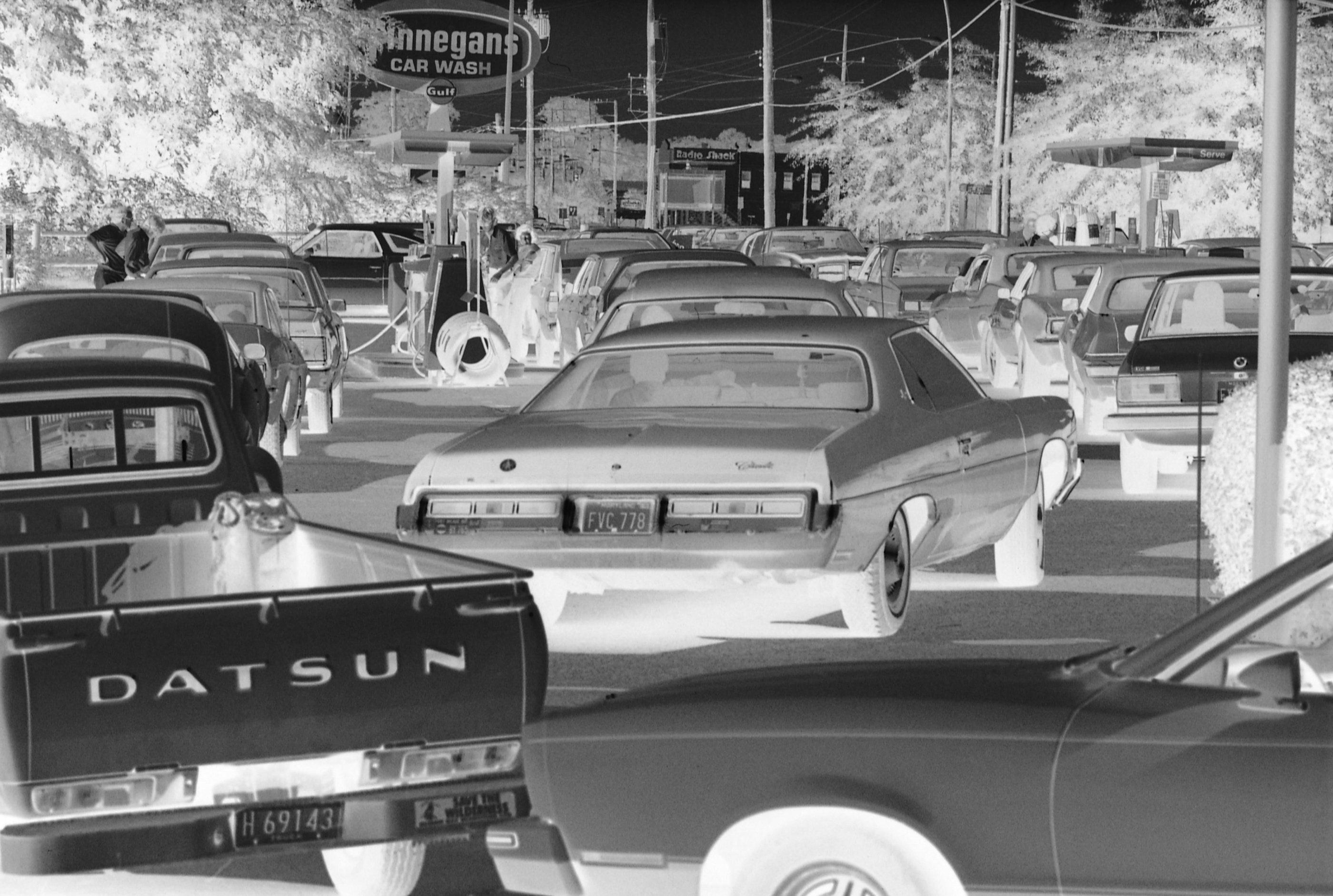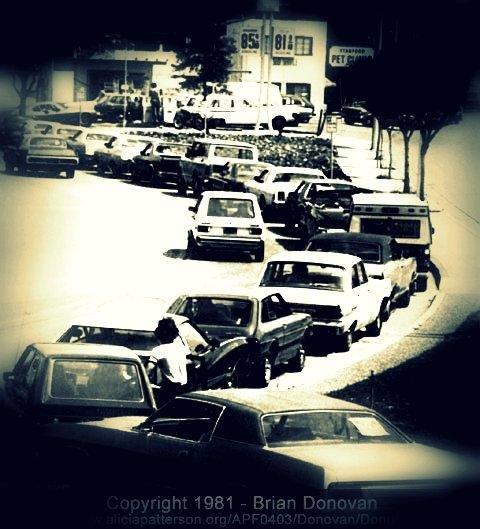The Yom Kippur War was a major factor in the causes of the oil embargo of the 1970s. The United States stepped in to aid Israel during wartime and as a punishment to the US, the Arab nations in OPEC (Organization of the Petroleum Exporting Countries) placed an embargo on oil. The oil supply to the US, as well as the Western countries, was decreased significantly. Short-run aggregate supply shifted to the left because of the temporary embargo. The shortage caused a decrease in GDP, resulting in a recessionary gap, which sent the country into a recession. Oil increased to five times that of its original price, putting the United States through price level inflation.
The government placed price controls on oil and put in place gasoline rationing. The price controls kept the price of already discovered oil at a low maximum. If companies discovered new oil, that oil could be sold at higher prices. These steps were an attempt to increase the exploration and discovery of new oil. However, they had negative side-effects and caused chaos at the pumps. Gas lines formed and gasoline was rationed so that the last digit of someone’s license plate determined if they could buy gasoline on an even or odd day.
The second oil crisis took place in 1979, at the start of the Iranian Revolution. On April 5, the average price of crude oil was $15.85, but only one year later the price skyrocketed to $39.50. As a result, oil exports increased and oil imports decreased. This increase in net exports caused an increase in GDP. Just as in the 1973 oil crisis, long lines started to form at gas stations and panic seized the American citizens. Pennsylvania, New Jersey, and Texas implemented the odd-even gas rationing from the previous oil crisis. During the crisis, President Carter suggested the use of alternate sources of energy such as solar power panels and wood-burning stoves.
Today, the United States is once again headed into a serious recessionary gap. This is a result of increased demand and a decrease in supply. On May 7, 2008, the price of crude oil broke the all time high real price set back in 1979 during the second oil crisis. Higher authorities are urging the public to resort to other forms of energy and much research is being conducted in relation to this matter. Car companies are appealing to the needs of the public by advertising small cars that can get high gas mileage, similar to the car manufactures during the 70s when they began making smaller, more compact cars to cope with the first oil crisis.

